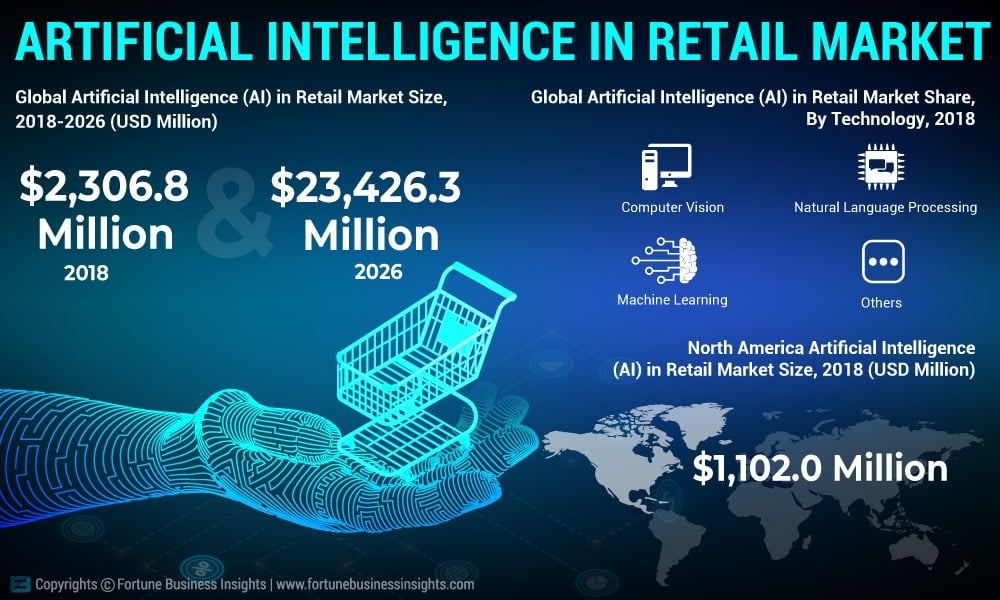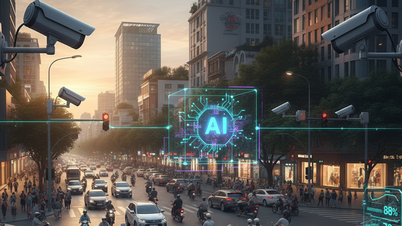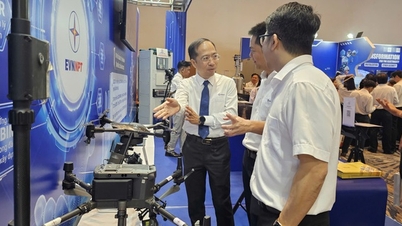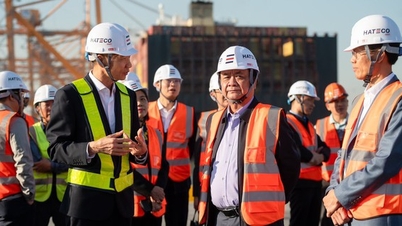
Limitations of manual price listing
Until now, supermarkets have mainly applied the “rice-based” technology, which means that whenever an item needs to change its price, an employee will replace the price-printed paper on the shelves. One of the rare technologies applied by the retail industry is the electronic board, which helps supermarkets update prices faster. But the problem with electronic boards is that the initial cost is high, while the listed price rarely changes, making the investment efficiency low.
This is where AI comes in. Instead of manual pricing strategies that are inflexible and prone to errors, AI offers the ability to optimize product prices based on real-time data. This not only helps retailers maximize profits but also creates a fairer and more attractive shopping environment for customers.
According to an estimate by the National Council of Weights and Measures (NCWM), the average supermarket has around 30,000 different products on display. If prices were posted on cardboard, a single employee could only update around £60-£80 an hour.
This makes supermarkets reluctant to change the selling prices of products because it is too time-consuming. Moreover, the manual process is prone to errors. The NCWM 2024 report found that about 1.7% of price lists in supermarkets are inaccurate, equivalent to an average of 510 products with incorrect prices. Meanwhile, a study by global management consulting firm McKinsey indicates that supermarkets can lose up to 2% of revenue due to price posting errors.
Obviously, the traditional price listing method not only makes supermarkets and stores slow to adjust their prices appropriately, but is also prone to errors and reduces customer confidence.
New "weapon" of supermarkets
Integrating AI into pricing strategies can provide retailers with a number of competitive advantages. First, AI tools automate and speed up market response. They can continuously monitor the prices of thousands of competitors and automatically adjust prices to help retailers ensure they don’t miss out on revenue opportunities. Big players like Walmart and Amazon have proven the effectiveness of this approach, with sales increasing by 5-10% after implementing AI-integrated pricing systems.
Second, AI enables profit optimization based on accurate market demand forecasting – one of the biggest challenges in the retail industry. AI can analyze large amounts of data to forecast demand, helping retailers avoid overstocking or stockouts while maximizing profit margins during peak and off-peak periods. For example, an outdoor gear website that detects a spike in the keyword “camping gear” could increase inventory or raise prices to anticipate peak demand.
Finally, AI provides retailers with deep, granular market insights. Large language models (LLMs) can extract and structure data from multiple sources, allowing them to compare not only identical products but also similar products across brands. This allows retailers to gain a holistic view and stay competitive across their entire product portfolio.
Consumers benefit
The move to AI-powered pricing isn’t just beneficial for businesses. Consumers also benefit from a shopping environment that’s more tailored to their individual needs.
The most obvious benefit is that prices will become more competitive as retailers use AI to monitor their competitors. Furthermore, pricing based on real-time data eliminates errors caused by manual processes, ensuring customers are not charged extra prices due to system errors.
Additionally, AI offers a personalized shopping experience. Instead of one price for everyone, AI can analyze each customer’s purchase history to offer appropriate discounts and offers. A study by financial consulting firm BCG found that personalized pricing strategies can increase customer loyalty by up to 15%. This not only makes customers feel appreciated, but also helps them save money on products they are truly interested in.
Finally, AI helps price products based on perceived value. By analyzing reviews, social media comments, and other online feedback, AI can determine the perceived value of a product and adjust the price accordingly for those who want to buy it. This ensures that the price reflects not only the cost of production, but also the quality and satisfaction the product brings to the customer.
With technological advances, AI is not only changing the way supermarkets and stores list prices, but also changing the way they think to increase both business efficiency and competitiveness. In the near future, the price of an item will no longer be a fixed number but a continuous stream of optimized data, creating a fairer market, bringing more benefits to both buyers and sellers. To some extent, AI is promising to be the "magic wand" that brings new life to the retail industry.
Source: https://baotintuc.vn/khoa-hoc-cong-nghe/dua-than-ai-cham-vao-nganh-ban-le-20251005070606498.htm














































































































Comment (0)